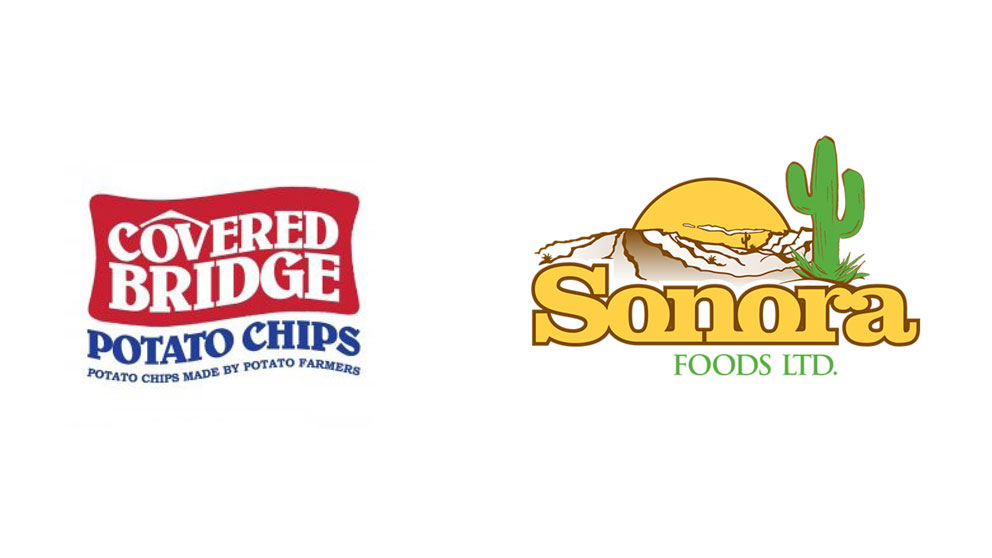How understanding working capital requirements helps predict cash flow

Written by Frank Luengo, chief executive officer of Sonora Foods Ltd.
There’s a business truism: “growth requires capital.” However, the million-dollar question is – how much growth requires how much capital? We’re going to aim to answer this question, specifically as it relates to working capital.
The million-dollar question is – how much growth requires how much capital?
Our previous article covered sales forecasting, both top-down and bottom-up. This exercise allows stakeholders to understand the expected growth trajectory of the business and provides the foundation for a business plan.
Eventually, the business plan will be used as a tool to determine the short- and medium-term capital requirements of the business and help raise the appropriate funds. However, a sales forecast, no matter how accurate, is not enough. You also need to estimate your working capital requirements.
Estimating working capital
First, non-cash working capital is defined as the outstanding inventory, receivables and payables you carry on your balance sheet. They’re often referred to as days outstanding – how many days of sales each of these items represents.
Whenever you take on inventory and extend credit to customers via trade receivables, you require cash to do so. Whenever your suppliers extend credit to you via trade payables, you require less cash.
An example:
Let’s say you sell $90,000 in a month and carry $45,000 in inventory. You also extend 30 days of credit to your customers, and you carry $90,000 of payables.
Your inventory is equivalent to 15 days of sales ($45,000/$90,000 x 30).
Your receivables and payables should be $90,000, or 30 days each on an ongoing basis.
More precisely, the total cash you will need to operate under these conditions, expressed in the number of days of sales (known as cash conversion cycle), can be calculated as:
Cash Conversion Cycle = Days Inventory Outstanding + Days Receivables Outstanding – Days Payables Outstanding
In our example above, with 15 days of inventory, 30 days of receivables, and 15 days of payables, your cash conversion cycle is 15 plus 30 less 15 equals 30 days.
Cycle implications
The cash conversion cycle is particularly important for growing businesses. A change in sales (increase) also means a change in working capital (also an increase) – the longer your cash conversion cycle, the more working capital you will need.
Coincidentally, when starting a business, this is often made up of the initial equity capital provided by shareholders.
There are big implications here seldom considered in young companies:
Suppliers will push to have short payables terms
Customers will want you to extend lots of credit
Inventory may be cheaper to buy if you buy more of it at once
Reconsider the previous example, but with three months of inventory, 60 days of receivables, and 15 days of payables, your cash cycle turns into 90 plus 60 less 15 equals 135 days.
In this case, to grow sales by $90,000 per month, you’ll need $405,000 in cash upfront!
Keep a short cash conversion cycle
As an owner, investor or creditor, you need a very firm and realistic grasp of this number. Younger companies tend to have lower negotiating power. Longer inventory cycles carry a higher risk of inventory write-downs, and extending credit carries the risk of not getting paid at all. It is imperative then to work hard to keep a cash conversion cycle as short as possible, or even negative, if you can make that happen.
However, the key consideration for any business owner is knowing that with proper working capital planning, you will secure the appropriate funding upfront and will not be surprised with sudden needs for cash.
Often, these growth needs are funded through operating lines of credit or business’s cash flows, but owners and creditors sleep better when they know that you made the appropriate arrangements ahead of time.
Bottom line
Your business plan helps determine capital requirements, but you also need to estimate your working capital. Young businesses need to keep a firm and realistic grasp on cash conversion cycles and how slight changes can impact business.

How two popular Canadian food brands learned to stand out to build business success.

